In the cement brick manufacturing industry, the seamless operation of machines is crucial for ensuring efficient production and maintaining high-quality output. One of the key factors influencing the performance of cement brick making machines is the effective management and arrangement of raw material supply. Properly organizing the supply chain not only enhances operational efficiency but also minimizes downtime and operational disruptions. This article will explore the essential strategies for arranging raw material supply to ensure the smooth operation of cement brick making machines.
Understanding Raw Material Requirements
To begin with, it's important to comprehend the specific raw materials required for cement brick production. The primary ingredients include cement, sand, aggregates, and water. Each of these materials plays a vital role in determining the strength and durability of the finished bricks. Cement acts as the binding agent, while sand and aggregates provide the necessary structure and bulk. Water is crucial for the hydration process. Understanding the proportions and quality of these materials is essential for optimizing the machine's performance and achieving the desired product specifications.
Supplier Selection and Quality Control
Choosing the right suppliers for raw materials is a fundamental aspect of ensuring smooth machine operation. Suppliers should be evaluated based on their reliability, consistency in quality, and ability to meet delivery schedules. Establishing strong relationships with trusted suppliers helps in securing high-quality materials that adhere to industry standards. Additionally, implementing a rigorous quality control process is necessary to check the quality of raw materials upon delivery. This process includes testing for purity, consistency, and adherence to specifications to prevent any potential issues during the production process.
Inventory Management and Storage
Efficient inventory management is crucial for maintaining a steady supply of raw materials. This involves not only keeping track of current inventory levels but also forecasting future needs based on production schedules and anticipated demand. Proper storage facilities must be in place to protect raw materials from environmental factors that could affect their quality. For example, cement should be stored in a dry environment to prevent moisture absorption, while sand and aggregates should be kept in covered areas to avoid contamination.
Logistics and Transportation
Effective logistics and transportation play a significant role in ensuring that raw materials reach the cement brick making machine on time and in the required quantities. Developing a reliable transportation plan that includes timely deliveries and efficient routes helps in minimizing delays and maintaining a consistent production flow. Coordination between suppliers, transporters, and production managers is essential to address any issues that may arise and to ensure a seamless supply chain operation.
Automation and Technology Integration
Integrating automation and technology into the raw material supply process can significantly enhance operational efficiency. Automated inventory systems can track material usage in real-time, predict shortages, and trigger reordering processes. Advanced technologies such as GPS tracking for transportation and automated quality control systems can further streamline the supply chain, reducing the likelihood of human error and improving overall productivity.
Contingency Planning and Risk Management
Despite careful planning, unforeseen issues can still disrupt the raw material supply chain. Therefore, having a contingency plan in place is crucial. This plan should include strategies for dealing with supply shortages, quality issues, and transportation delays. Building a buffer stock of essential materials and having alternative suppliers lined up can help mitigate risks and ensure that production remains uninterrupted even in the face of challenges.
Collaboration and Communication
Effective communication and collaboration among all stakeholders involved in the raw material supply chain are vital for smooth operation. Regular meetings and updates between suppliers, transporters, and production teams help in addressing any potential issues promptly and ensuring that everyone is aligned with the production goals and schedules. Open lines of communication foster a proactive approach to problem-solving and help in maintaining a seamless operation.
Conclusion
In summary, the seamless operation of cement brick making machines is heavily dependent on the strategic arrangement of raw material supply. By understanding raw material requirements, selecting reliable suppliers, managing inventory effectively, optimizing logistics, integrating technology, planning for contingencies, and fostering communication, manufacturers can ensure a smooth and efficient production process. Implementing these strategies will not only enhance the performance of the cement brick making machines but also contribute to the overall success and productivity of the manufacturing operation.




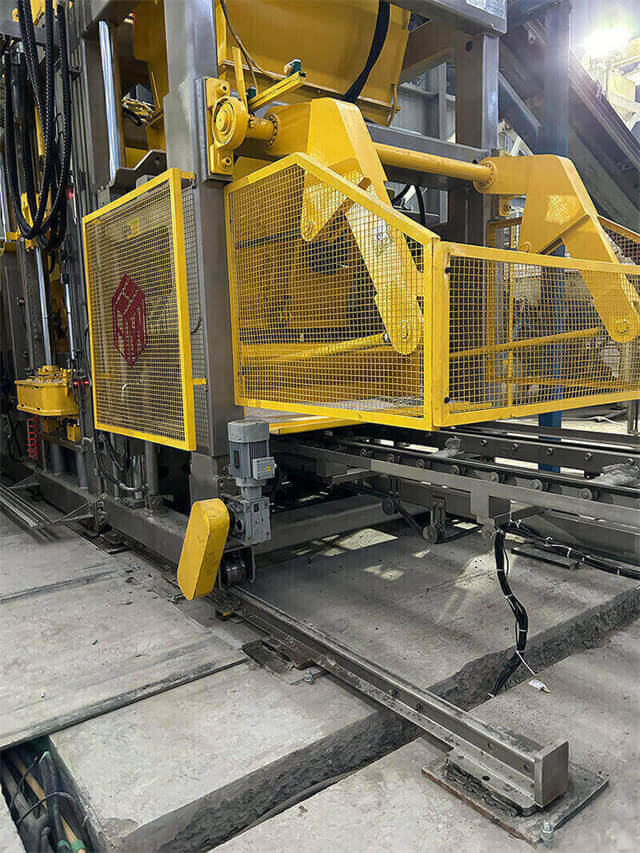
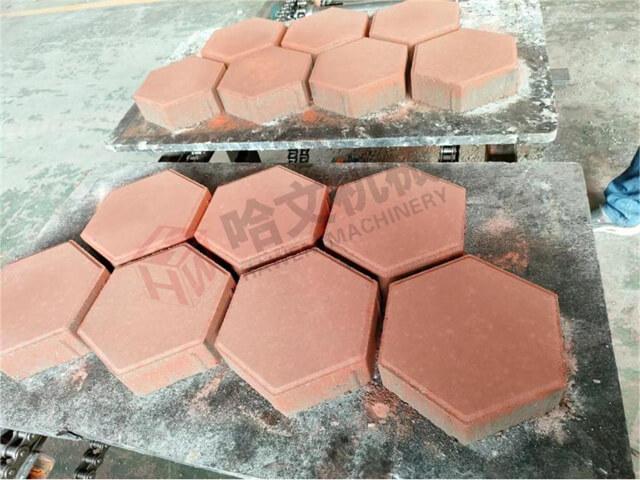
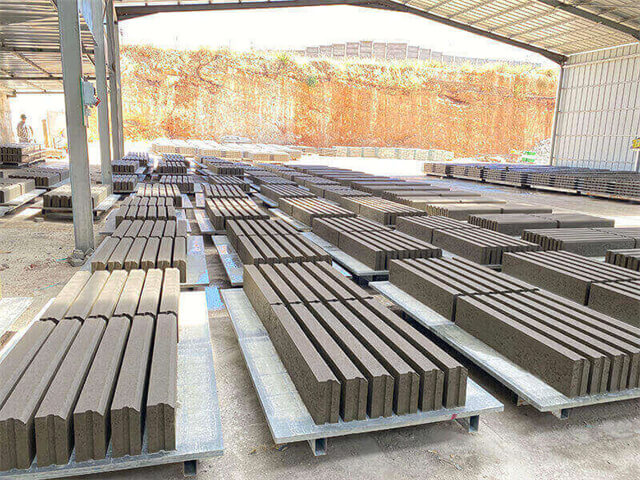
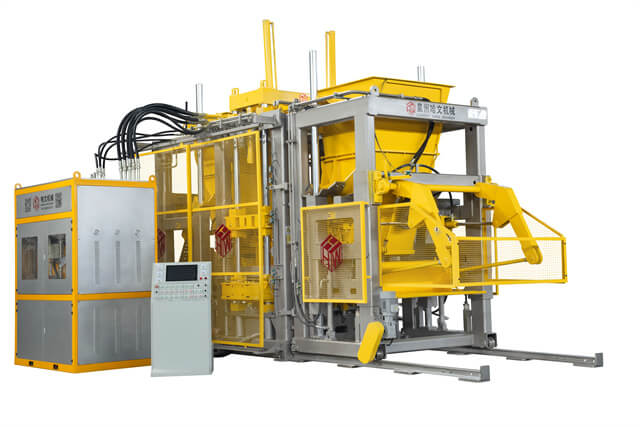
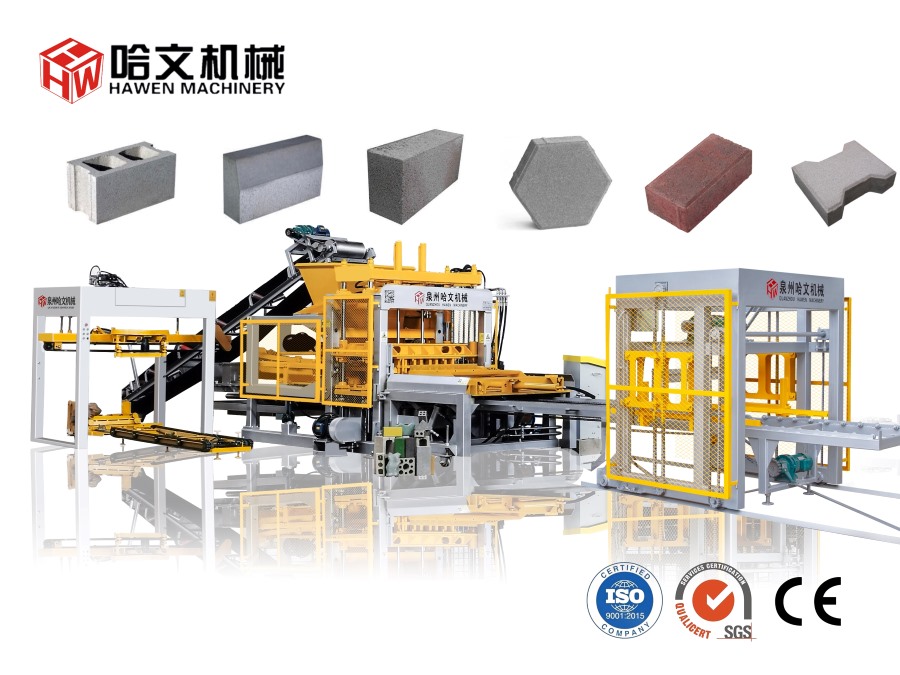
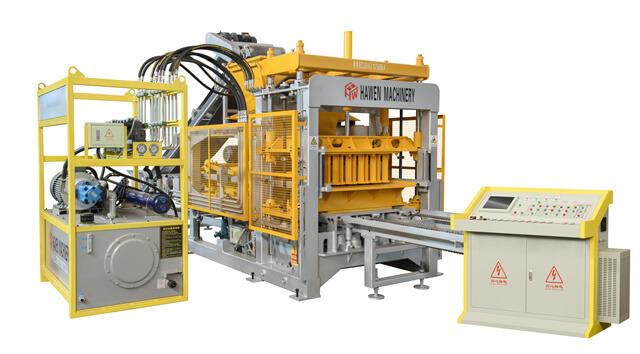
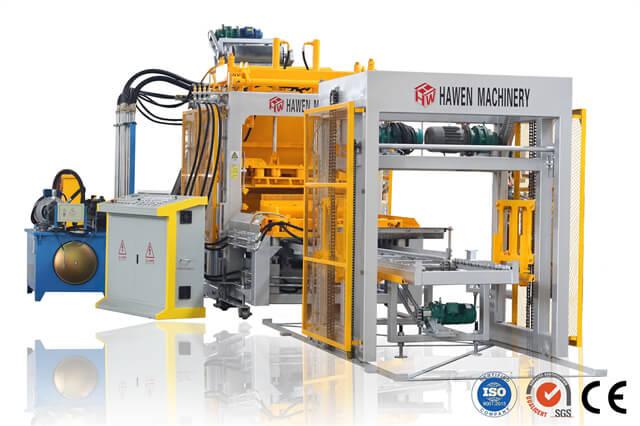
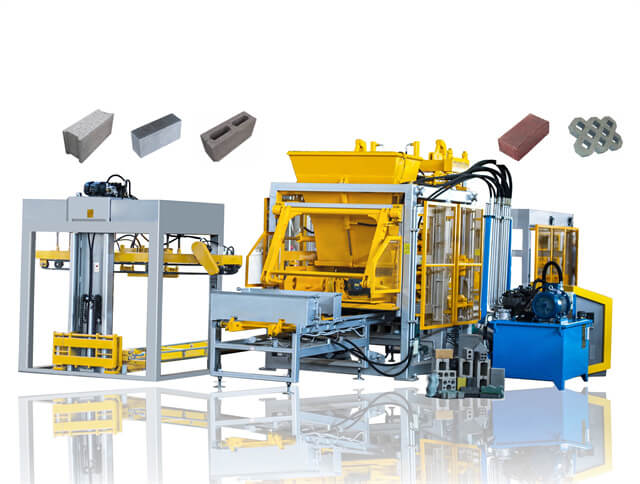
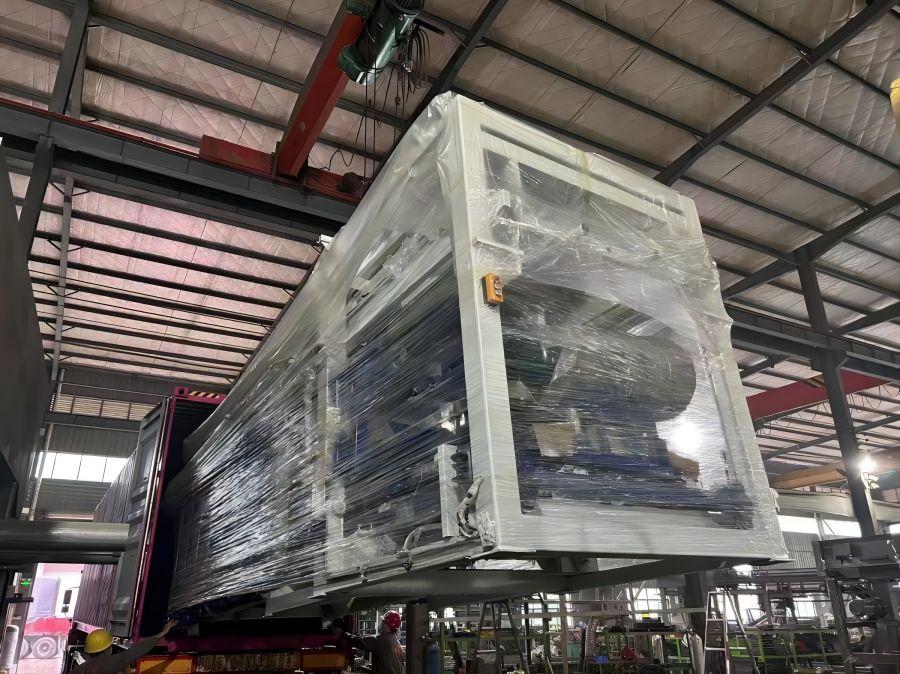
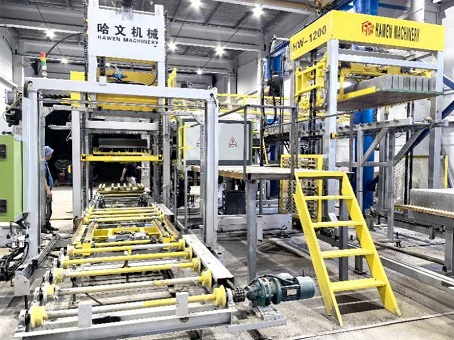
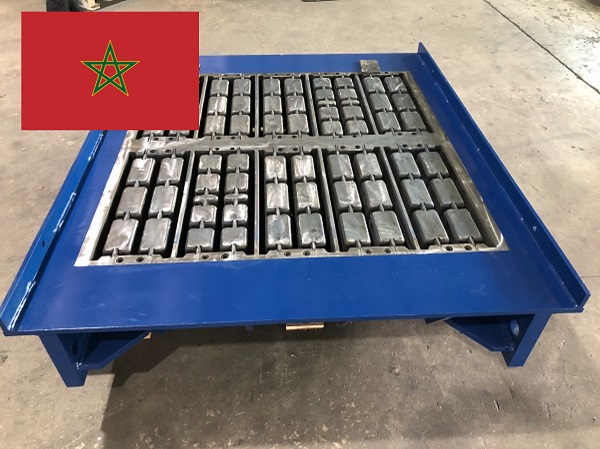


 Tel: +86-13905968794
Tel: +86-13905968794 Email: export@hwmachines.com
Email: export@hwmachines.com MP/WhatsApp: +86-13905968794
MP/WhatsApp: +86-13905968794 Manufacturer Address:Nanan,Quanzhou City,Fujian Province,China
Manufacturer Address:Nanan,Quanzhou City,Fujian Province,China




